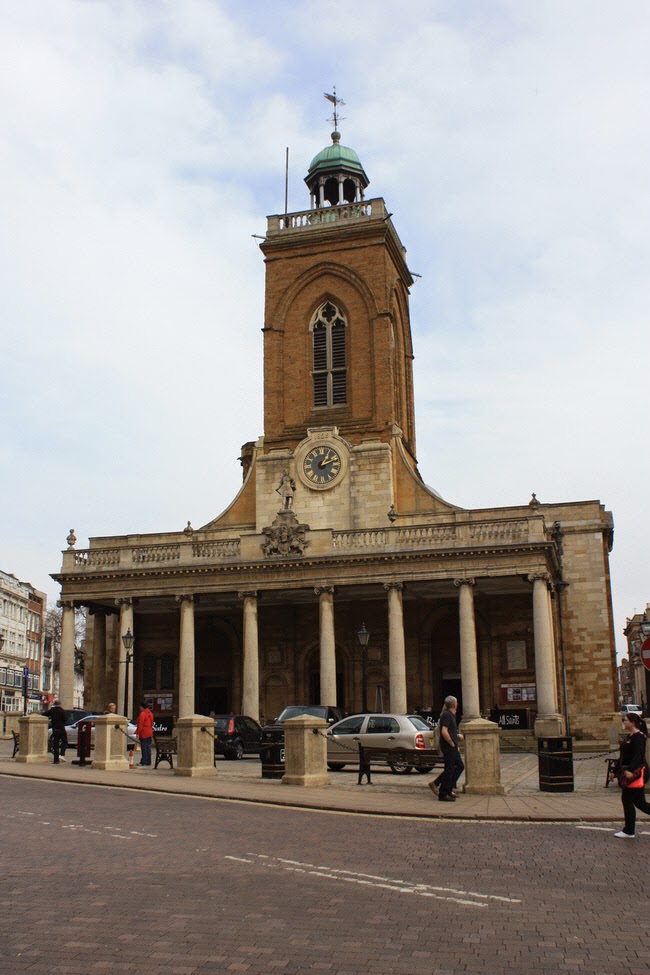St Cosmas and St Damian, Stretford, Herefordshire
(Click on an image for a larger version)
This is a redundant church with just one service a year.
These two figures date to the period 1320-1350 and are almost certainly Robert de la Bere and his wife Margaret.
Visited - August 2013
All my new discoveries are published first on the social history group on Facebook so if you want to keep up to date with what is happening you will need to subscribe to the group by clicking on the link below.
https://www.facebook.com/groups/609806292391471/




































